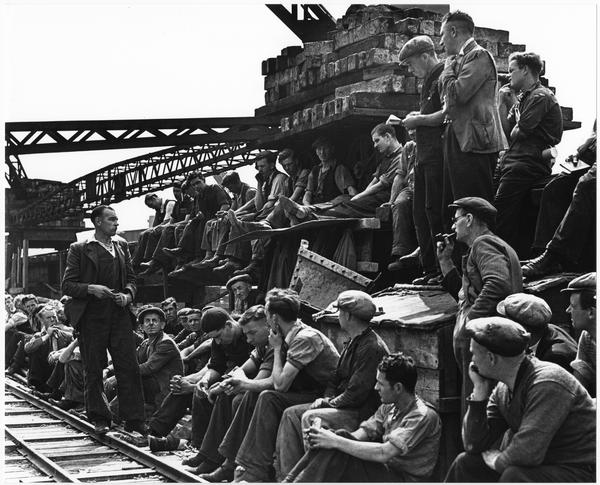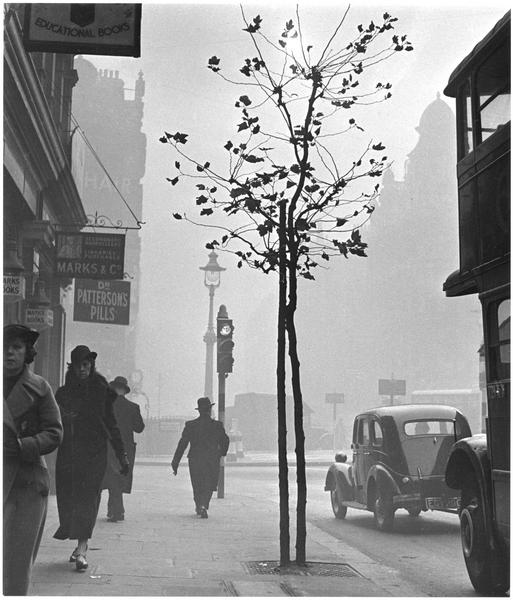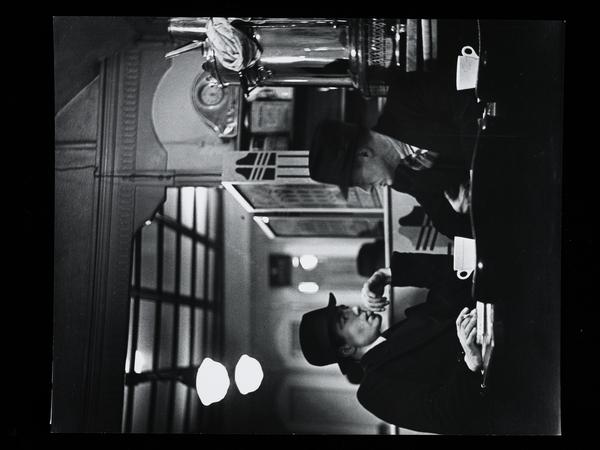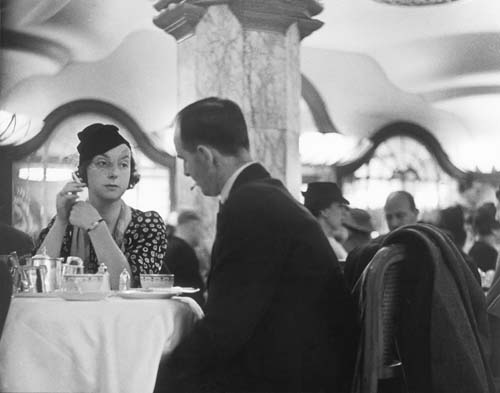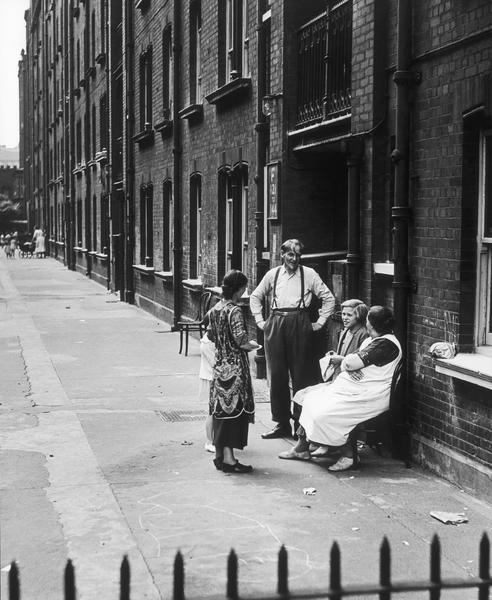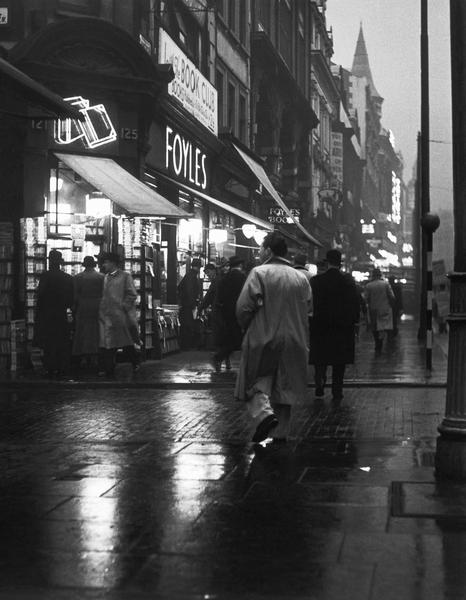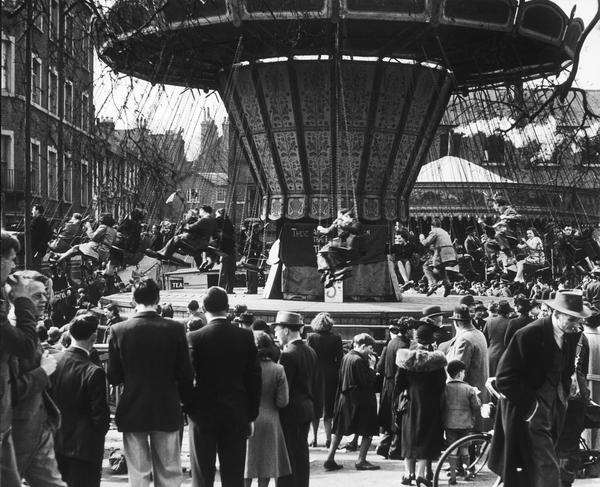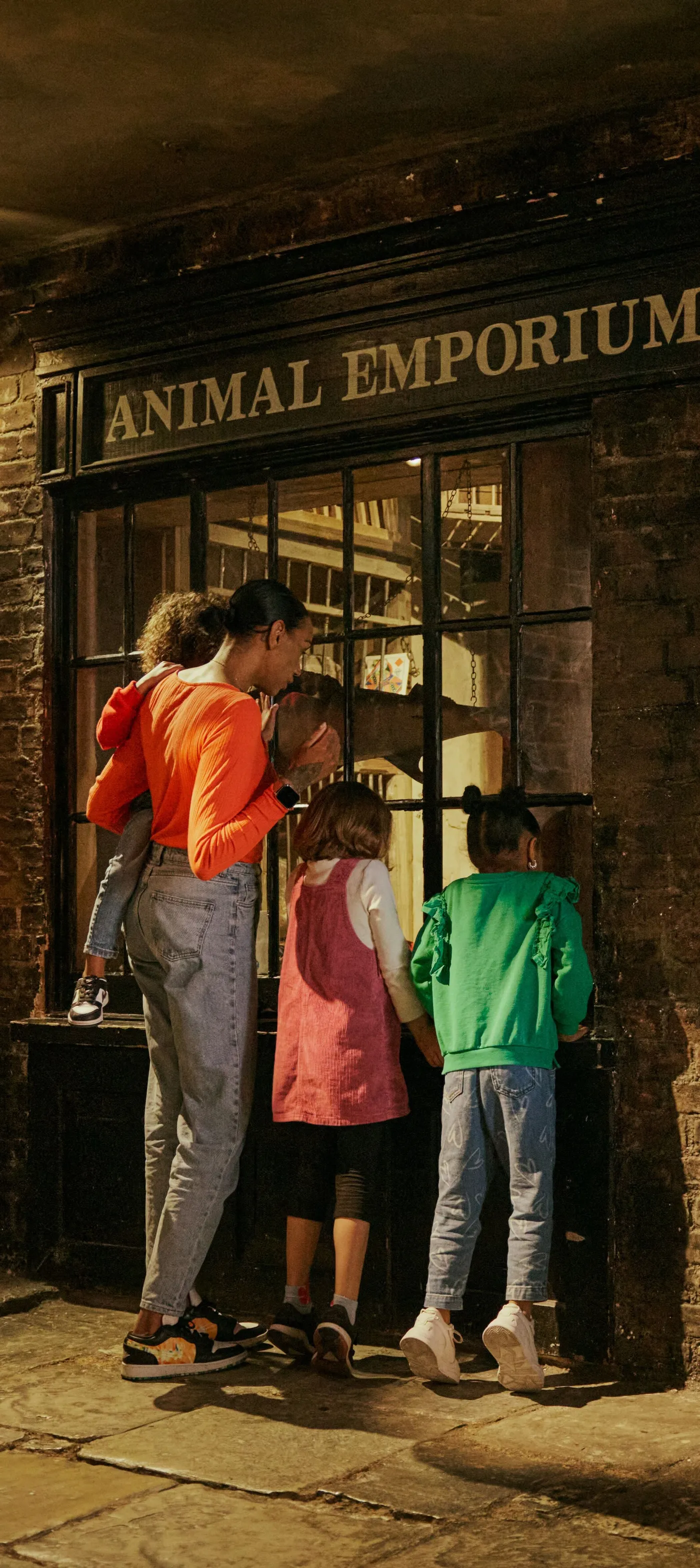London through the eyes of Wolfgang Suschitzky
Austrian-born Wolfgang Suschitzky moved to London in 1935. He became a renowned cinematographer and worked on over 100 films – including Get Carter, starring Michael Caine. But he also caringly photographed London through the 1930s, 1940s and 1950s, revealing the realities of city life. His work is in the collections of museums and galleries across the city, including ours.
1912–2016
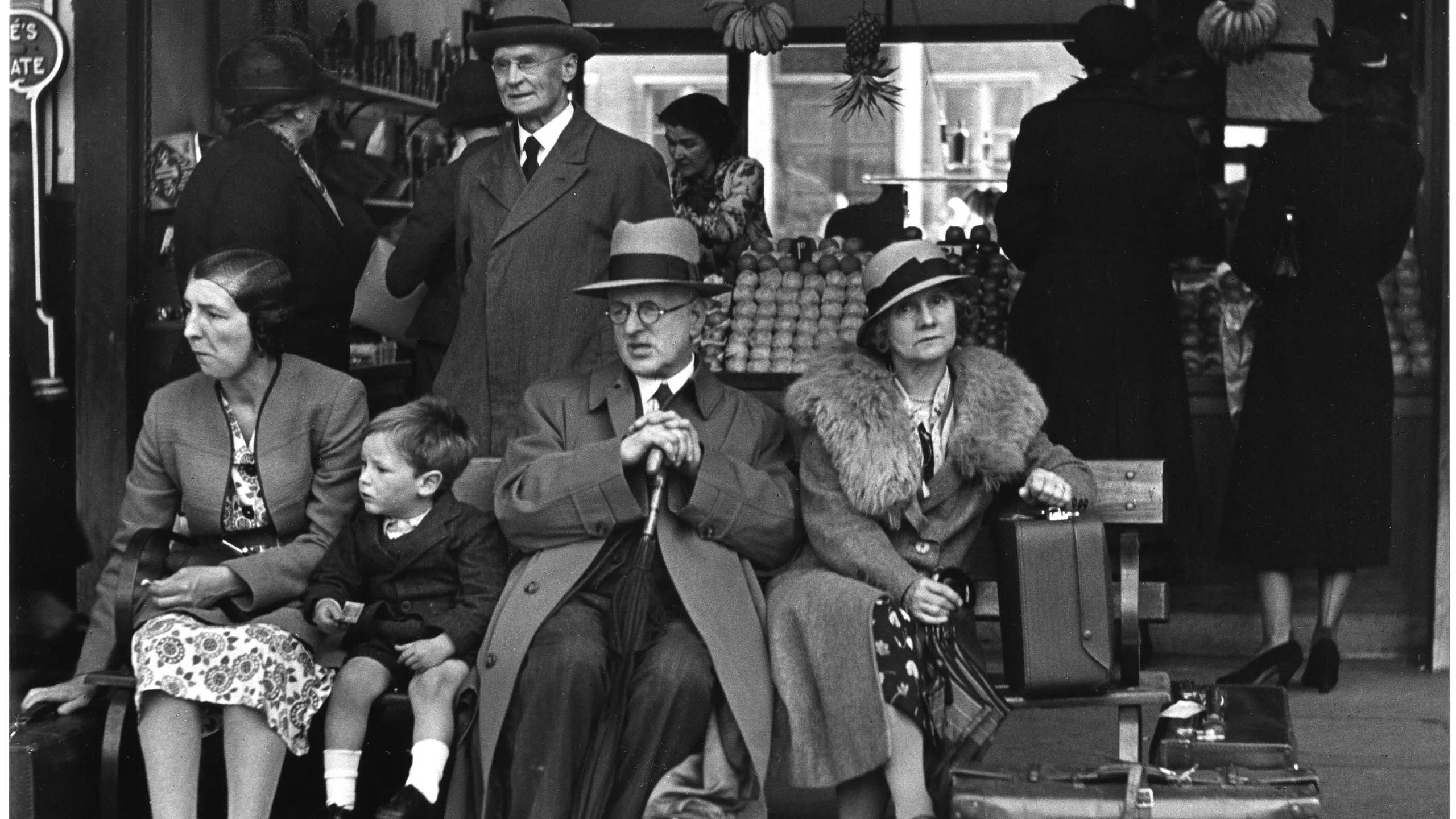
His career began in London
Suschitzky, born to Jewish socialist parents, fled the grip of fascism and the rise of the Nazis in Austria to settle in London, where his sister lived. A photographer by training, he continued his career here, freelancing for publications like Illustrated. He also worked as a camera operator on documentary films for the Strand Film Company.
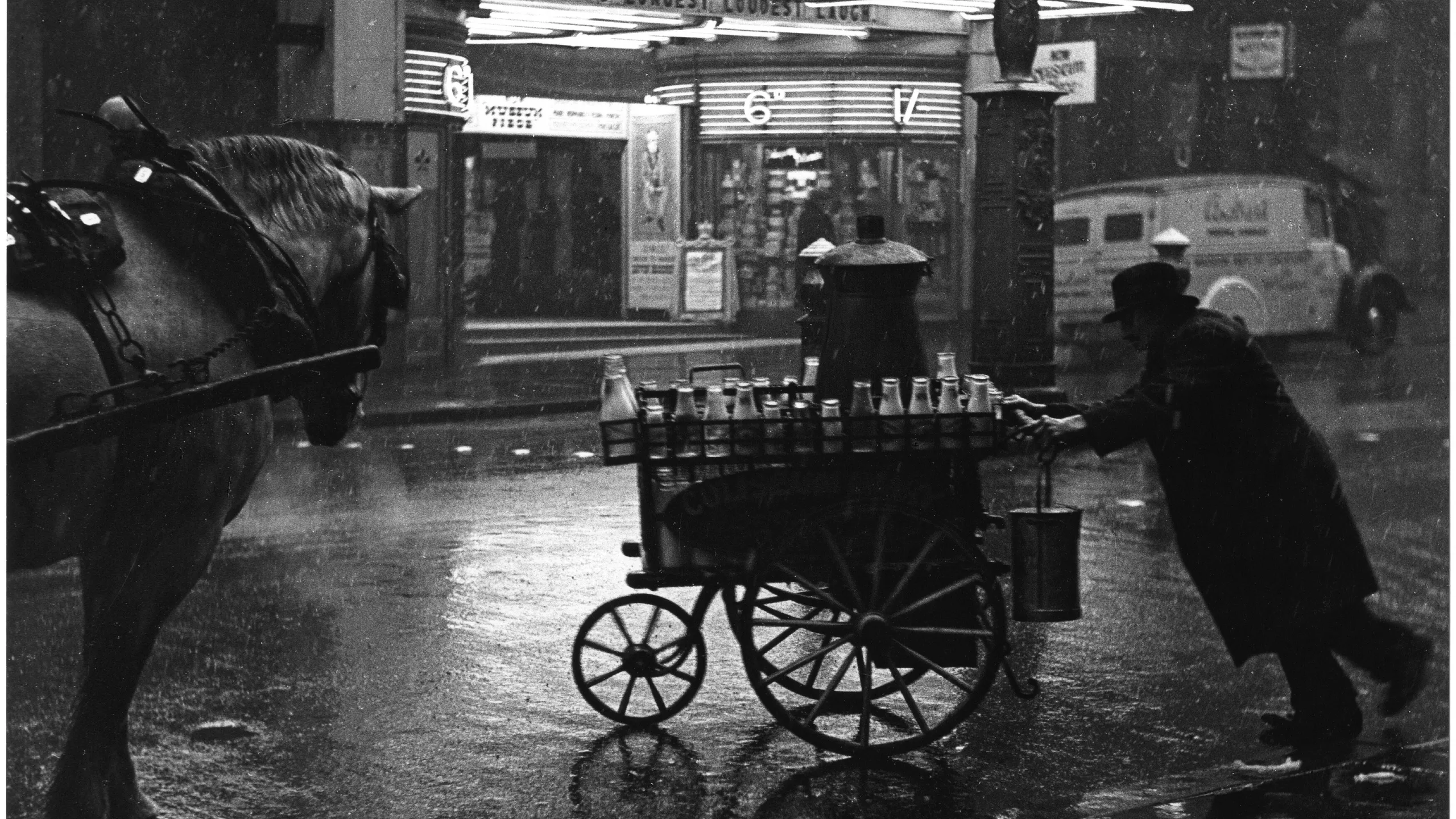
Documenting Charing Cross
In between his work on set in nearby Soho, Suschitzky would explore the area around Charing Cross Road. He was drawn to the array of bookshops and teahouses – and the Londoners who flocked to them. The resulting series of photographs is among his most celebrated works. Here, a person pushes a hand-cart full of milk across Charing Cross Road on a rainy night.
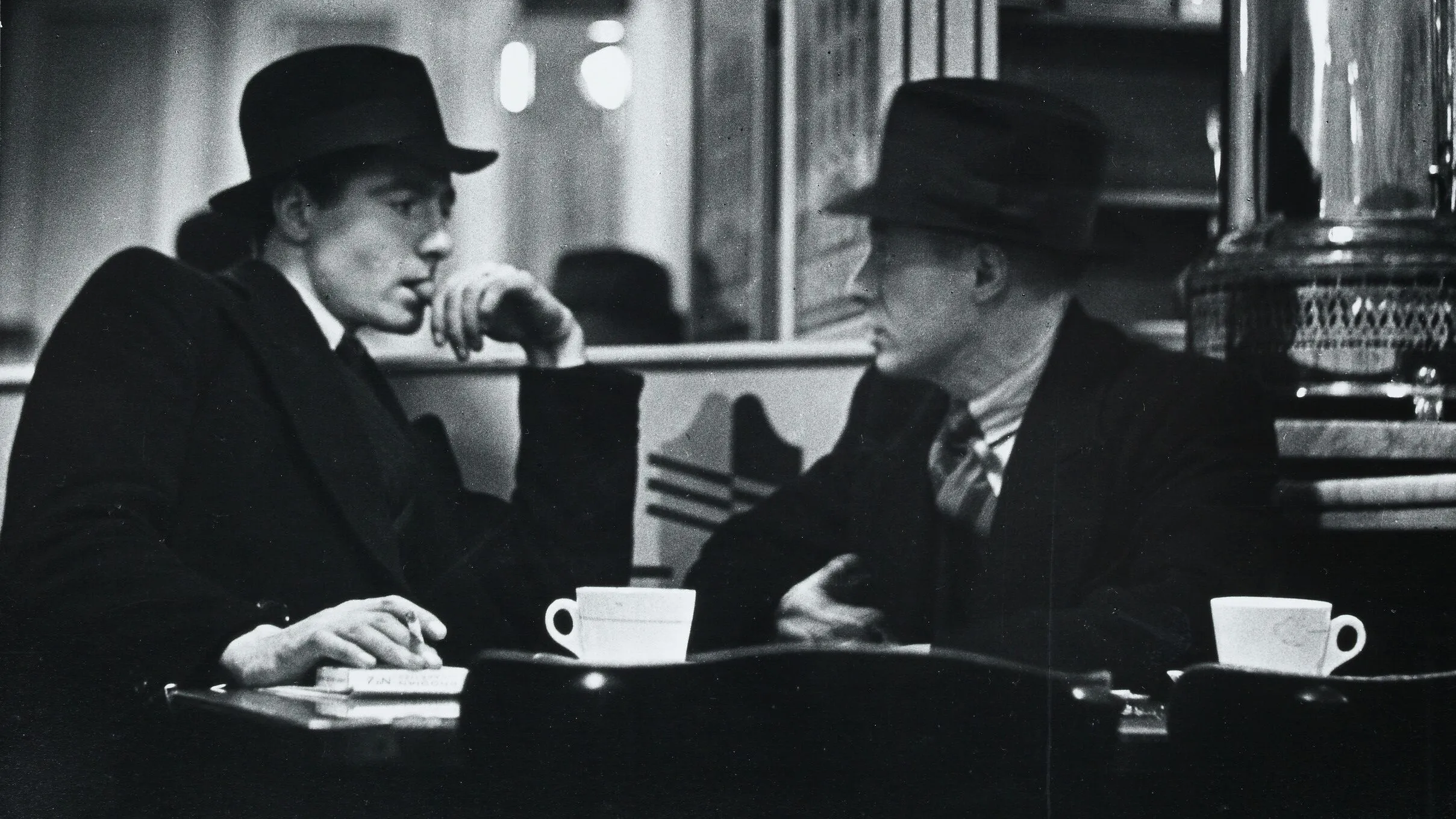
Late-night refreshments
Being new to London, Suschitzky saw the city with fresh eyes and found inspiration in subjects that might otherwise pass locals by. Here, two people drink in a cafe. Cafes and restaurants often stayed open late in Charing Cross, offering refreshments to those who had come to enjoy cinema, theatre and other entertainment on offer.
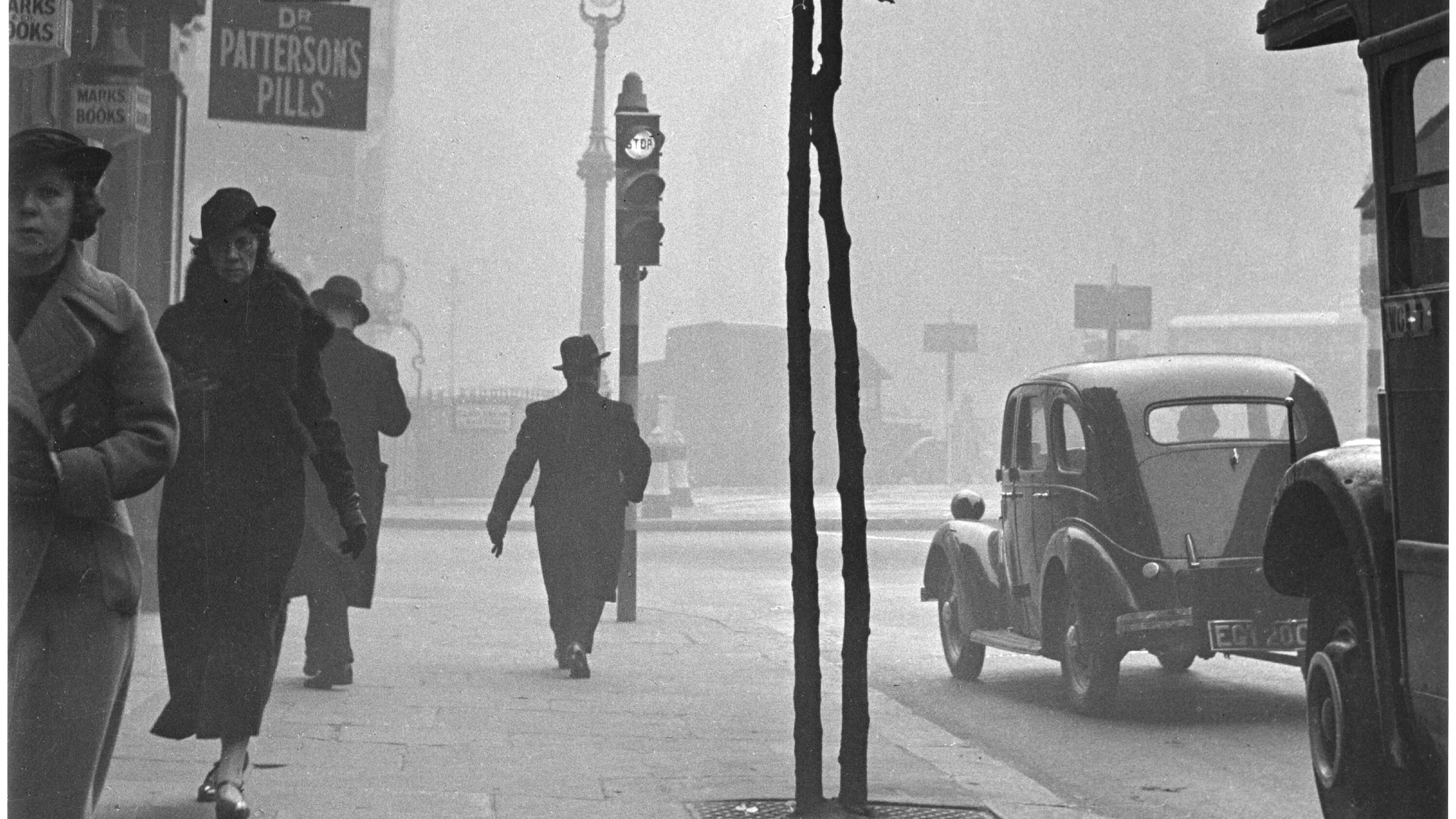
Smog on Charing Cross Road
Much of Suschitzky’s photography explores the gritty realities of life in London. Here, he photographs dense smog on Cambridge Circus, where Shaftesbury Avenue crosses Charing Cross Road. Known as ‘pea-soupers’, these smogs were caused by air pollution from burning coal, which made it hard to see and difficult to breathe.
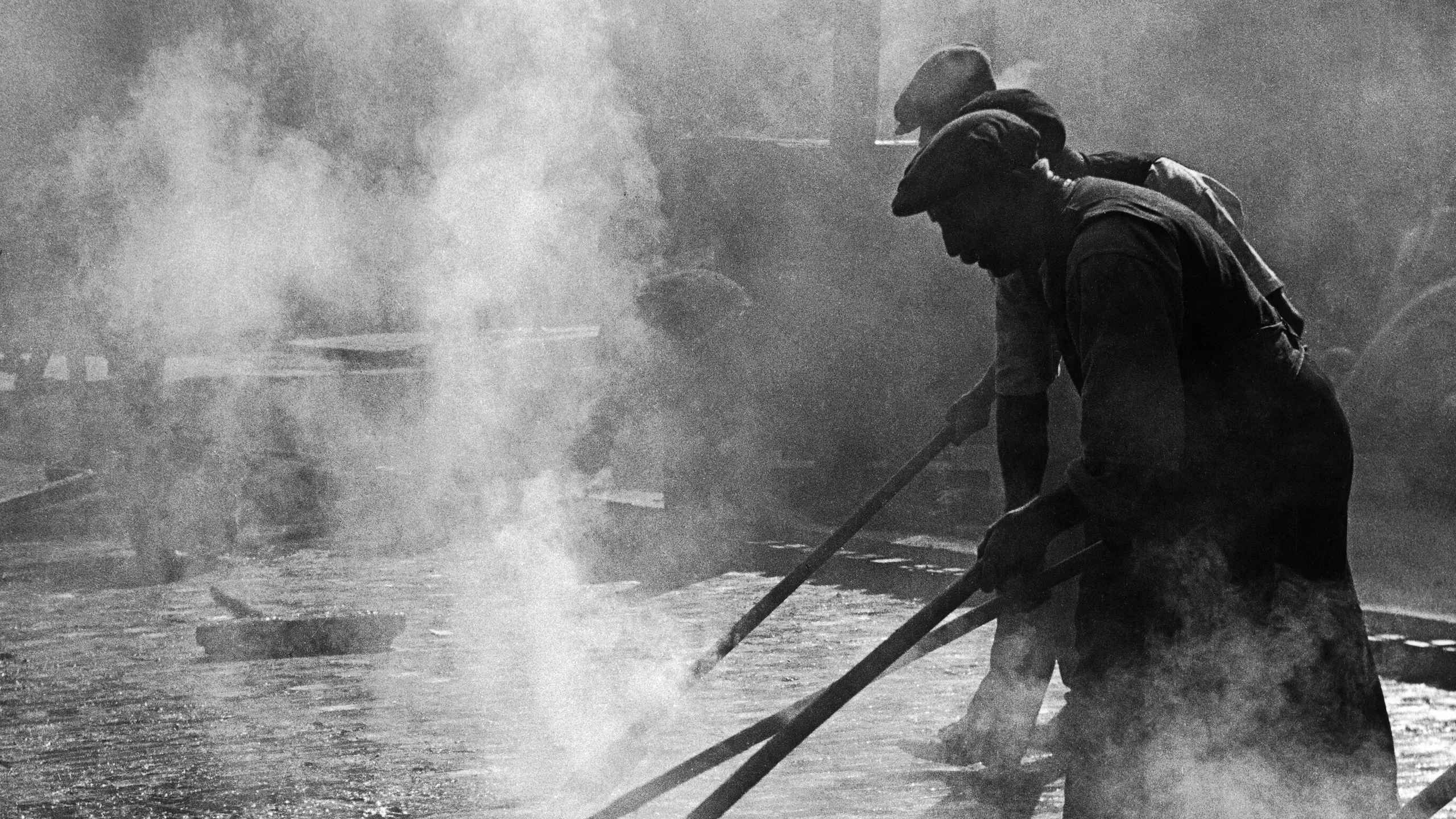
“I enjoy all photography. My approach is to 'find' photographs... to observe things, not arrange them”
Wolfgang Suschitzky
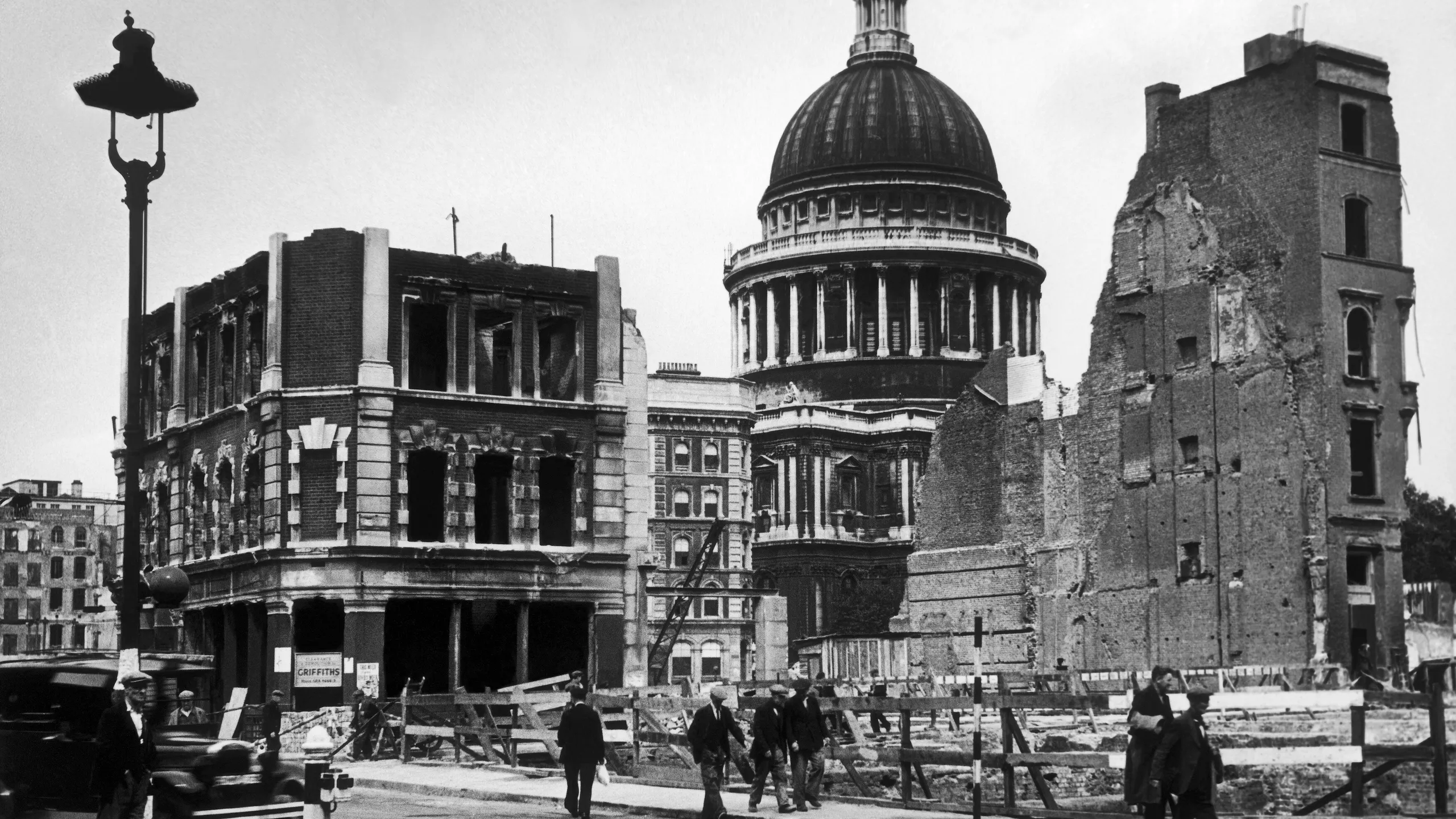
Bomb damage around St Paul’s Cathedral
Suschitzky continued to photograph his adopted home during the dark days of the Second World War (1939–1945). This photograph shows St Paul’s Cathedral framed by bombed-out buildings in July 1942.
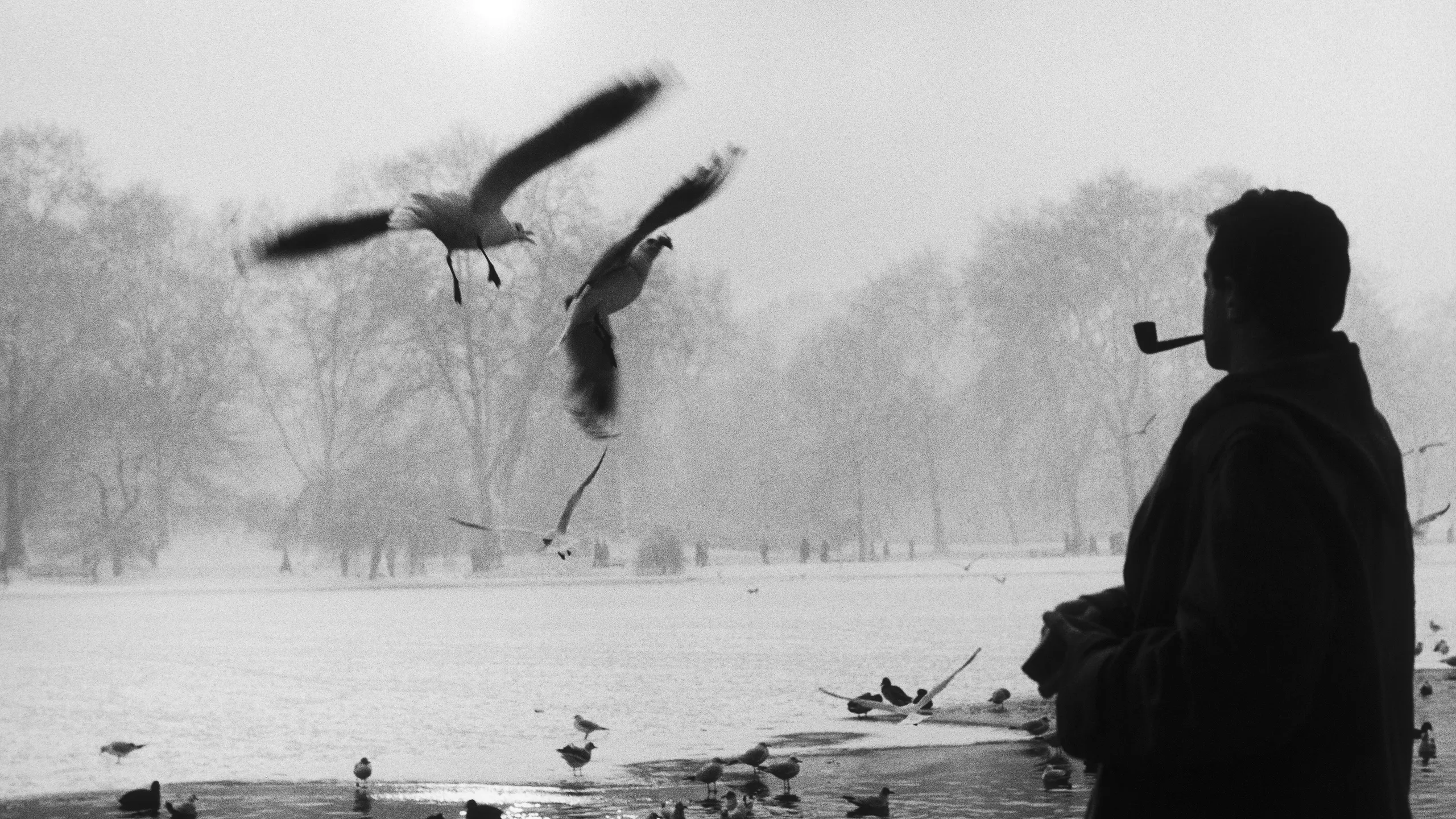
Waiting for the right shot
Timing was everything for Suschitzky. A patient photographer, he would wait until just the right moment to press the shutter button.
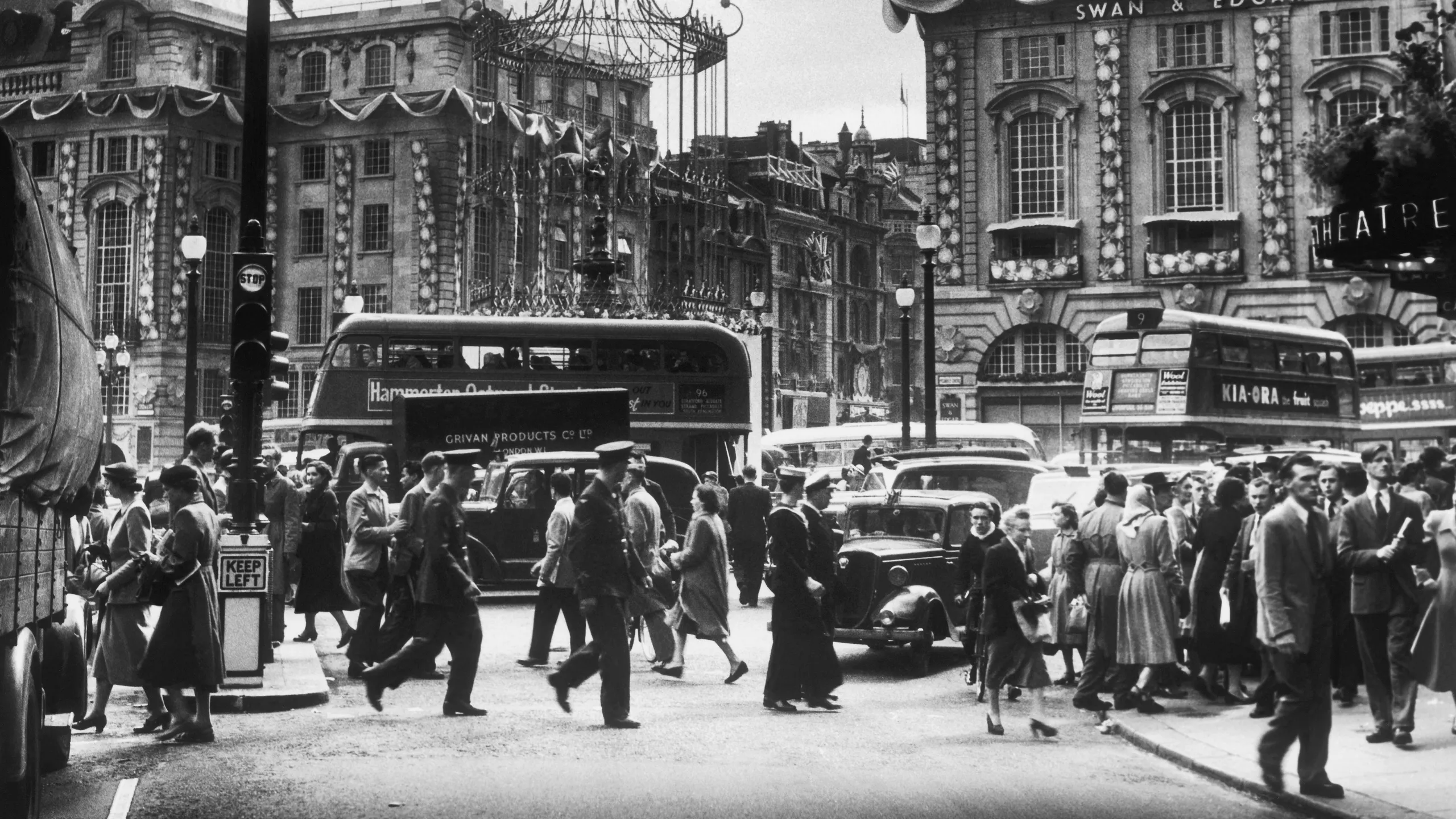
Variety of life in London
He was also especially skilled in capturing the atmosphere of the city. Here, we get a sense of bustling excitement in Piccadilly during the coronation of Queen Elizabeth II in June 1953. His photography of London covers a range of subjects, including protests, declining industries and – a lifelong love of his – animals, particularly those in London Zoo.
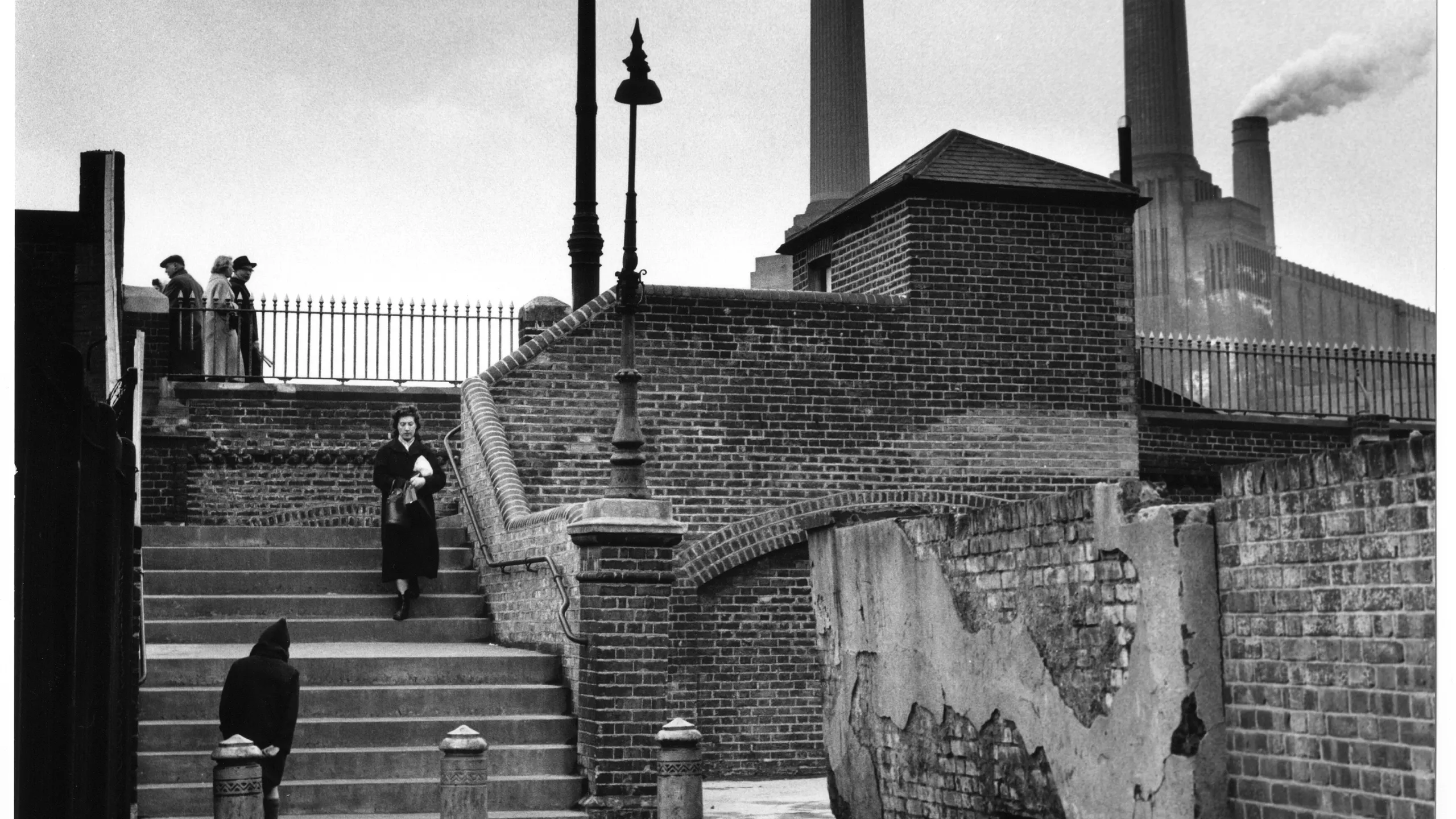
Photographing with kindness and compassion
Suschitzky was intent on exposing injustices. He said that many artists and photographers of his era “wanted to use their art to influence people and make them think, and to show up what happens in the world”.

